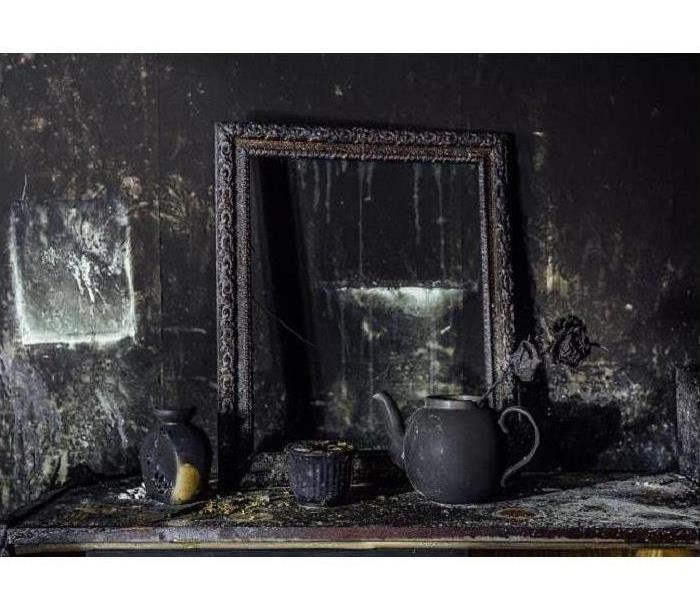After the Fire: How to Remove Smoke and Soot Residues From Your Paramus Home
6/22/2022 (Permalink)
Strategies for Residue Removal After Fire Damage to Your Paramus Home
After a fire breaks out in your Paramus dwelling, both structural components and contents can burn. Depending on the kind of materials and oxygen availability, flames can burn hot, smolder, or heat up and evaporate the fuels. Each kind of fire leaves a signature type of ash, soot, or residue. The substances that remain vary in the intensity and unpleasantness of their smells.
The first tasks our employees complete after fire damage to your Paramus usually include water removal and soot and residue cleanup. The water is a result of the firefighters’ efforts, and it must be resolved quickly for safety because water is inherently destructive to the structure and contents of your house. Once water evacuates and structural drying completes, we begin cleaning the soiling.
SERVPRO’s Institute of Inspection, Cleaning and Restoration Certification (IICRC)-trained Fire and Smoke Restoration Technicians (FSRT) evaluate the characteristics of the residues on surfaces. Our training and experience help us match products, tools, and cleaning methods. Hot, paper, and wood-fueled ashy soot vacuums and dry sponges away successfully. Lingering smells are minimal, especially with good airflow.
At lower temperatures, oxygen-poor fires smolder, coating walls, ceilings, floors, and furnishings with thick and sticky soot that is more pungent and persistent in odor. SERVPRO technicians choose cleaners with surfactants and wetting agents for this kind of residue. We also use controlled agitation to loosen the acrid-smelling coating.
Cooking fires produce a residue consisting of proteins reduced to a thin, clingy film. The adhesion of protein-based residues is intense, often requiring solvents and abrasive tools or products to dislodge. Of all the fire residues, protein-based is the most unpleasant smelling, with a rancid odor that makes it hard to forget the fire event even after a thorough cleaning.
If a deep cleaning does not eradicate the smells, SERVPRO has innovative equipment that neutralizes the odor-carrying capability of the particles at the molecular level. Thermal fogging combusts deodorants under conditions similar to the fire, the tiny bits seeking to pair with and neutralize odor-bearing particles. Hydroxyl generators use free radicals to change the chemical composition of soot, rendering it smell-free. Ozone machines harness oxidation to rid spaces of smoky smells.
SERVPRO of Paramus uses the cleaning and restoration industry’s best practices to clear away fire residues and neutralize odors. Call us round the clock at (201) 445-5588 to schedule a thorough assessment and to begin mitigation and remediation steps.






 24/7 Emergency Service
24/7 Emergency Service
